In 2001, 485 girls attended St. Teresa’s Academy. In the eyes of the Missouri State High School Activities Association (MSHSAA), 485 students attended STA. In 2013, 575 girls go to STA. In the eyes of MSHSAA, 1,552 girls go to STA. You may be thinking, “I’m sorry…What? 1,552 girls wouldn’t even fit in our school.” And you are correct. If 1,552 girls went to STA, roughly 3 girls would occupy one locker and each advisory would have 47 girls. If 1,552 girls went to STA, the students would fill the seats in the Chapel of St. Joseph roughly 12 times over. 1,552 girls technically go to STA not because MSHSAA miscounted, but because of a rule that became effective in the 2002-2003 school year that inflates every private school’s enrollment number. This rule is better known as the “multiplier effect.” This rule multiplies STA’s enrollment by two, to account for being a single-sex school, and multiplies that number by 1.35 to account for being a private institution, taking our enrollment from 575 students to 1,552.
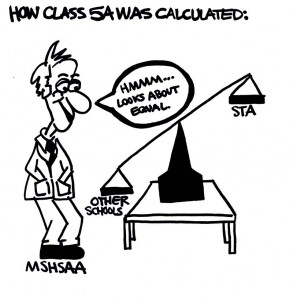
So all of this fondling with numbers may seem confusing, and you may be asking yourself “Why does this all even matter?” The multiplier effect affects every girl at STA that participates in any sport, any music activity or any speech and debate activity. Instead of competing against other schools that have similar enrollments, the multiplier effect shoves us up in the enrollment rankings and categorizes us with schools whose enrollments are three times that of STA.
Theoretically, the multiplier effect is meant to make competition between private and public schools fair since private schools are perceived as having unlimited budgets and unlimited recruitment options. Theoretically, competition between schools with legitimate enrollments of 575 and 1,813 is fair. Theoretically, STA’s 575 students are just as capable as other school’s 1,813.
Though the theory behind the multiplier effect seems discriminatory towards private schools, we must accept this rule for what it is. Instead of resenting this rule, we must embrace it. STA has incredibly competitive athletics with 15 top four finishes at State after the multiplier effect was instated. Prior to the multiplier, there were 21 top four finishes. Yes, the competition is tougher. Yes, winning is more difficult. Yes, we should be competing with schools with more similar enrollments. But why not embrace the higher level? Why not embrace the fact that as an all-girls private school, we have the privilege of competing against so much bigger schools. Why not improve upon our skills in whichever activity? Because that is the favor the the multiplier has done for us. Since we play, race and sing against more competitive schools, our athletics and academics have become so much more competitive. We have moved into the highest possible level, and though it may seem tough, in the end, it improves upon our skill, strength and integrity, which we might not have if STA were in a lower category.
So come on athletes, runners, dancers, debaters, golfers, singers, swimmers: let’s show them what Catholic school girls are made of.
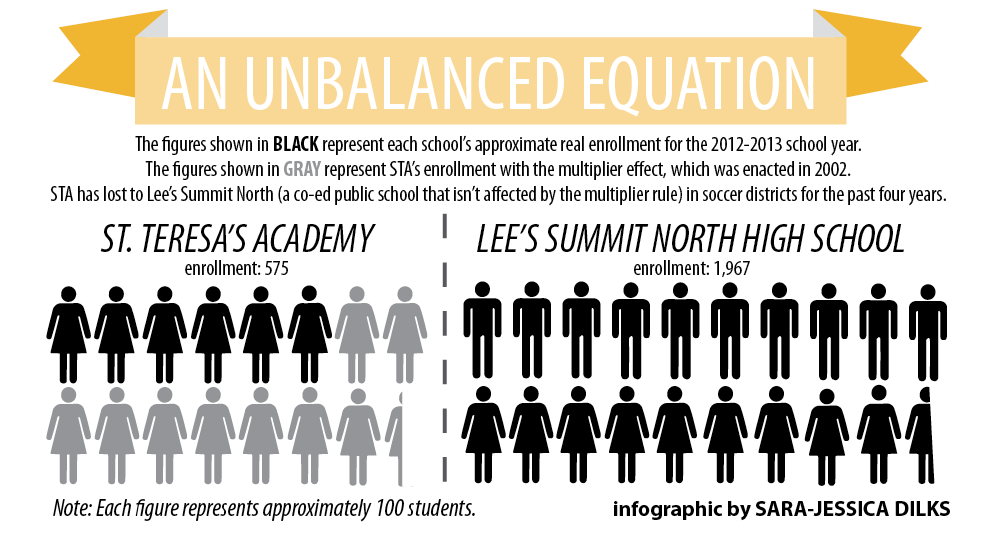
Right on Target: Each issue, the Dart asks three people their opinions of the issue discussed in the main editorial. Here’s what they said.
Compiled by Sabrina Redlingshafer
The Question: How do you think being in a higher category affects STA sports teams’ successes and skills?
[wpcol_1quarter id=”” class=”” style=””]
sophomore Hayden Lee: “We get better competition because there are more athletes to compete against.”
[/wpcol_1quarter]
[wpcol_1quarter id=”” class=”” style=””]
junior Meredith Latenser: “Statistically, I think it puts us at a disadvantage. But I think our sports teams have enough skill and determination to compete with these teams and win.”
[/wpcol_1quarter]
[wpcol_1quarter id=”” class=”” style=””]
junior Mary Gibson: “We definitely have worse success rates because we have a smaller amount of students, so a smaller range of talent. So our odds are automatically going to be less.”
[/wpcol_1quarter]



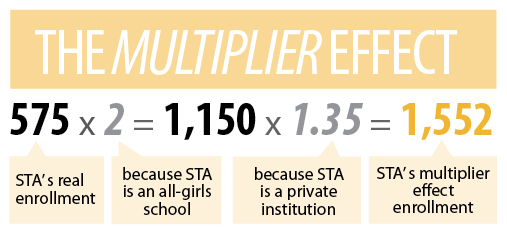







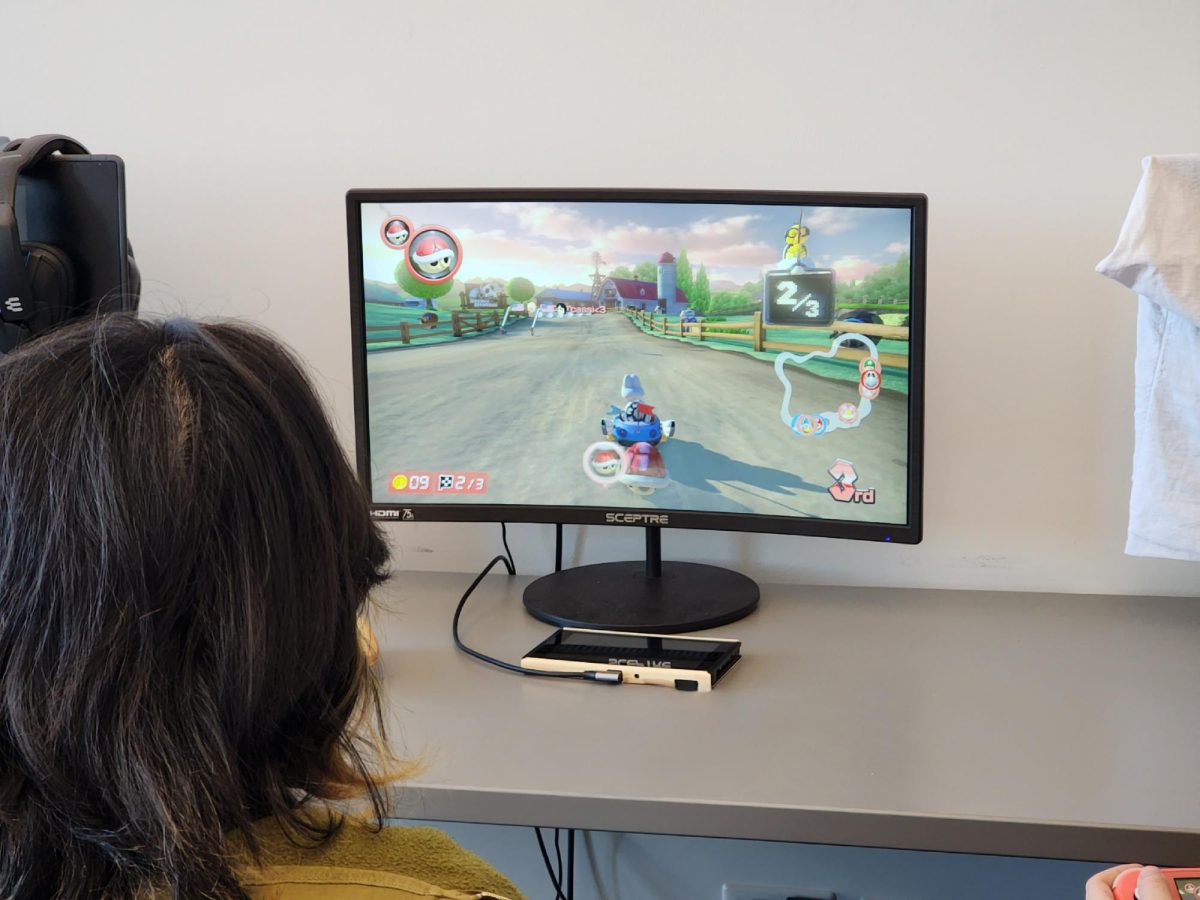
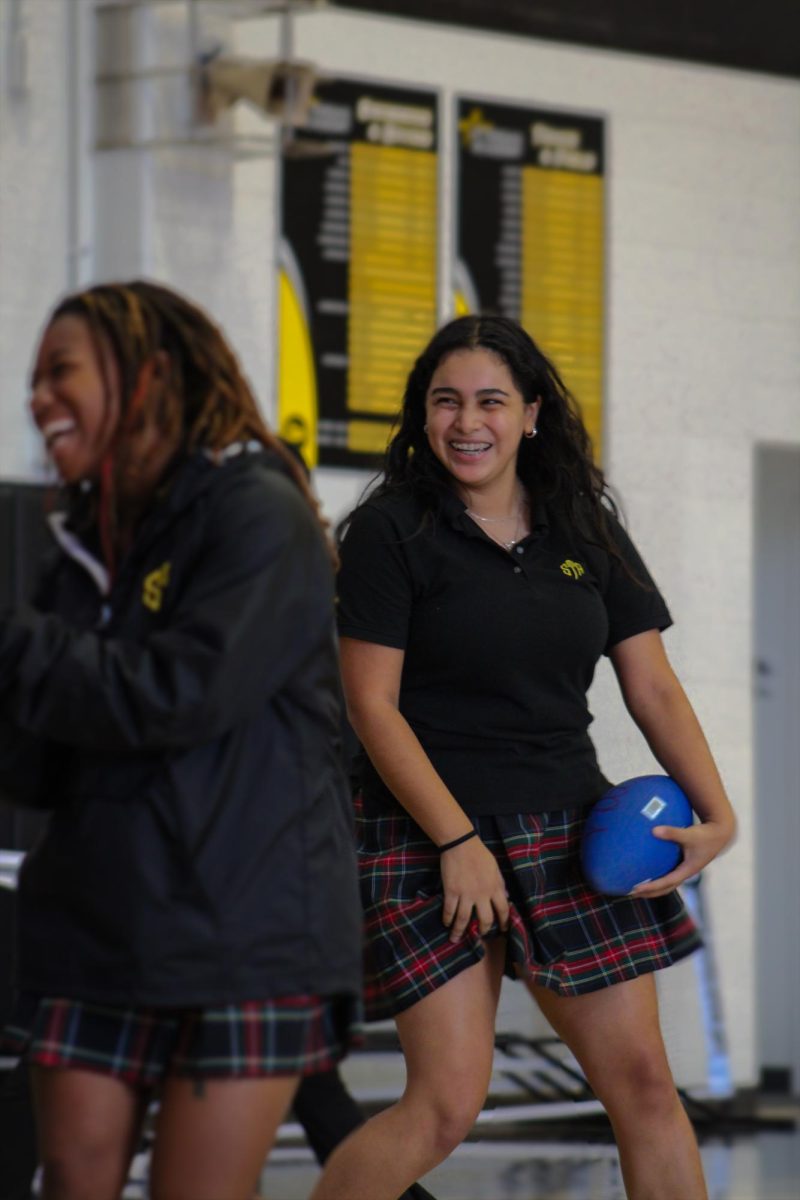


Jack • Dec 3, 2013 at 5:47 am
i totally agree